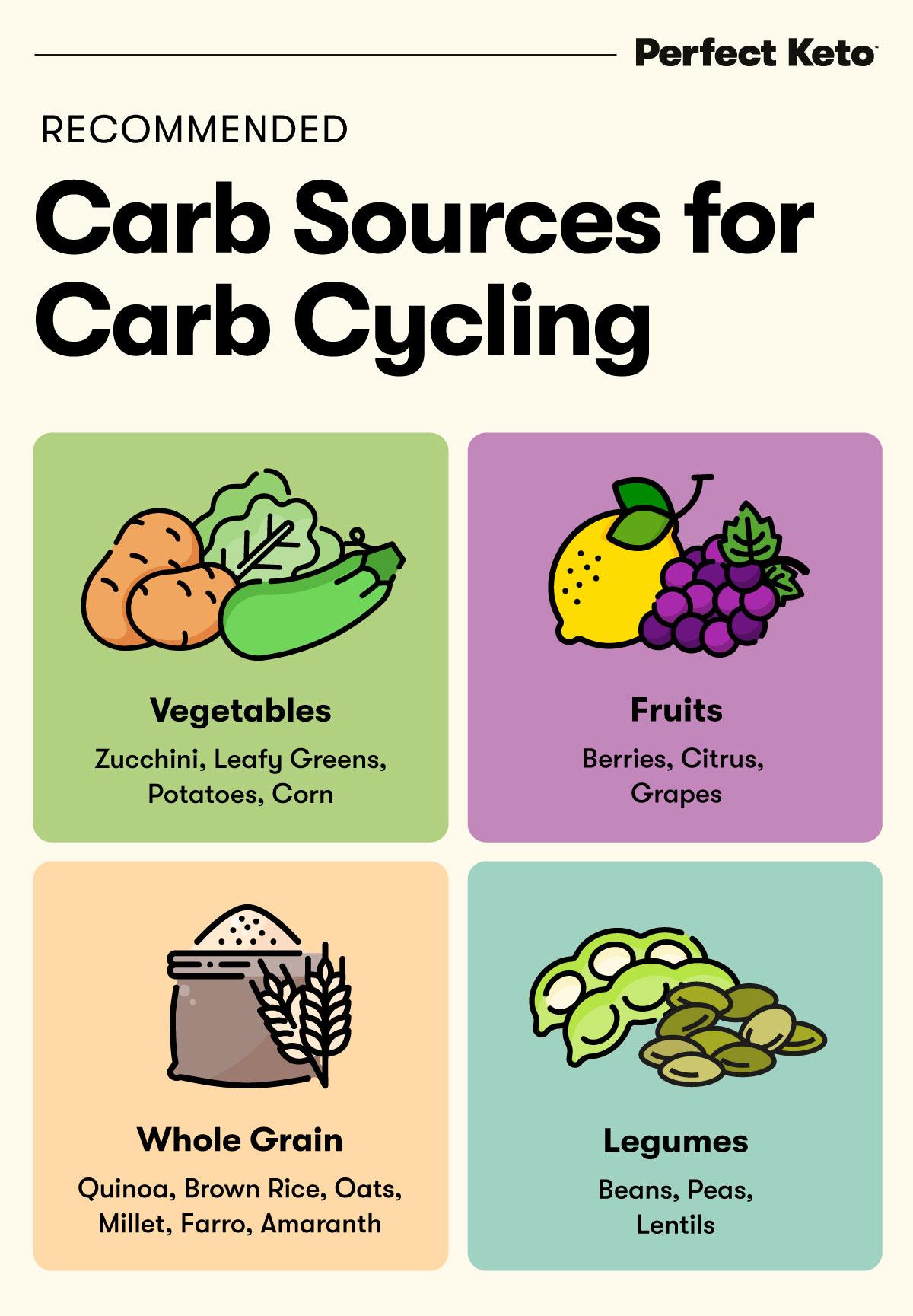In the ever-evolving landscape of nutritional science, the quest for effective fat loss strategies remains a focal point for both researchers and fitness enthusiasts. Among the myriad approaches available, carb cycling and intermittent fasting have emerged as powerful tools, each offering unique metabolic advantages. This article delves into the synergistic potential of combining these two strategies to optimize fat loss. By analyzing the underlying mechanisms, practical applications, and scientific evidence, we aim to provide a comprehensive guide for those seeking to enhance their weight loss journey. With a confident grasp of the subject, we explore how manipulating carbohydrate intake and meal timing can unlock new levels of efficiency in fat metabolism, offering a tailored approach to achieving fitness goals.
Understanding Carb Cycling and Its Impact on Metabolism
Carb cycling, a strategic approach to carbohydrate intake, plays a pivotal role in managing metabolism and optimizing fat loss. By alternating between high-carb and low-carb days, the body is encouraged to efficiently utilize energy sources while minimizing fat storage. This method can effectively enhance insulin sensitivity, a key factor in metabolism regulation. On high-carb days, the increase in insulin levels helps replenish glycogen stores, crucial for maintaining energy during intense workouts. Conversely, low-carb days encourage the body to tap into fat reserves for energy, promoting a more significant fat-burning effect.
- Boosts Metabolic Flexibility: By regularly switching carb intake, the body becomes adept at using both carbohydrates and fats for fuel.
- Enhances Hormonal Balance: This approach helps stabilize hormones like insulin and leptin, essential for hunger regulation and metabolic rate.
- Prevents Plateaus: Varying carbohydrate levels can prevent the metabolic slowdown often associated with prolonged dieting.

Strategic Fasting: Enhancing Fat Loss through Timing and Frequency
One of the most effective ways to optimize fat loss through fasting is by strategically aligning the timing and frequency of your fasting periods. Intermittent fasting (IF) and alternate-day fasting (ADF) are popular methods that can be tailored to individual needs. With IF, you can choose a fasting window that fits your lifestyle, such as the 16/8 method, where you fast for 16 hours and eat during an 8-hour window. ADF involves alternating between days of normal eating and days of restricted calorie intake. Both approaches help create a caloric deficit and improve metabolic flexibility, encouraging the body to use fat stores for energy.
- 16/8 Method: Fast for 16 hours, eat during an 8-hour window.
- 5:2 Method: Eat normally for five days, restrict calories for two days.
- Alternate-Day Fasting: Alternate between normal eating and fasting days.
Timing your fasting periods around your exercise schedule can further enhance fat oxidation. Exercising in a fasted state may increase fat burning, as glycogen stores are depleted, prompting the body to utilize fat for energy. Additionally, aligning fasting periods with low-carb days in a carb cycling plan can amplify fat loss. By reducing carbohydrate intake on fasting days, insulin levels remain low, promoting lipolysis and fat oxidation. The key is to experiment with different fasting schedules to find what works best for your body and lifestyle, ensuring that your fasting strategy is sustainable and effective in the long term.
Balancing Macronutrients: Tailoring Carb Intake for Optimal Results
Carb cycling is a strategic approach to manipulating carbohydrate intake to optimize fat loss while maintaining energy levels. By alternating between high-carb and low-carb days, you can fuel your workouts effectively and enhance fat burning on rest days. This method leverages the body’s natural insulin response, making it easier to tap into stored fat as an energy source. Consider incorporating a structured plan, such as:
- High-Carb Days: Align these with intense workout sessions to replenish glycogen stores and support muscle recovery.
- Low-Carb Days: Schedule these on rest or light activity days to maximize fat oxidation and reduce calorie intake.
Intermittent fasting can be a complementary tool to carb cycling, enhancing metabolic flexibility and promoting fat loss. Fasting periods can help reduce overall calorie consumption and improve insulin sensitivity, which is crucial for effective carb utilization. To tailor this approach, experiment with various fasting protocols, such as the 16/8 method, and adjust carb intake based on personal energy needs and goals. Remember, the key to success lies in listening to your body and adapting strategies that best suit your lifestyle.

Combining Carb Cycling with Fasting: A Synergistic Approach to Fat Loss
In the pursuit of efficient fat loss, combining carb cycling with fasting can be a game-changer. This method leverages the strengths of both strategies to create a powerful synergy that enhances metabolic flexibility and optimizes energy use. Carb cycling involves alternating between high-carb and low-carb days, which helps in managing insulin sensitivity and preventing metabolic slowdown. Fasting, on the other hand, taps into the body’s fat reserves by extending periods without food intake, promoting ketosis and autophagy.
When these two methods are combined, the body experiences enhanced fat oxidation and muscle preservation. Consider these key strategies for maximizing results:
- Align fasting windows with low-carb days: This helps to maximize fat burning as the body is already primed to use fat as its primary fuel source.
- Incorporate high-intensity workouts: Schedule these on high-carb days to take advantage of increased glycogen stores, supporting performance and recovery.
- Monitor and adjust: Keep track of your body’s response to the regimen and make necessary adjustments to carb intake and fasting durations to ensure consistent progress.
